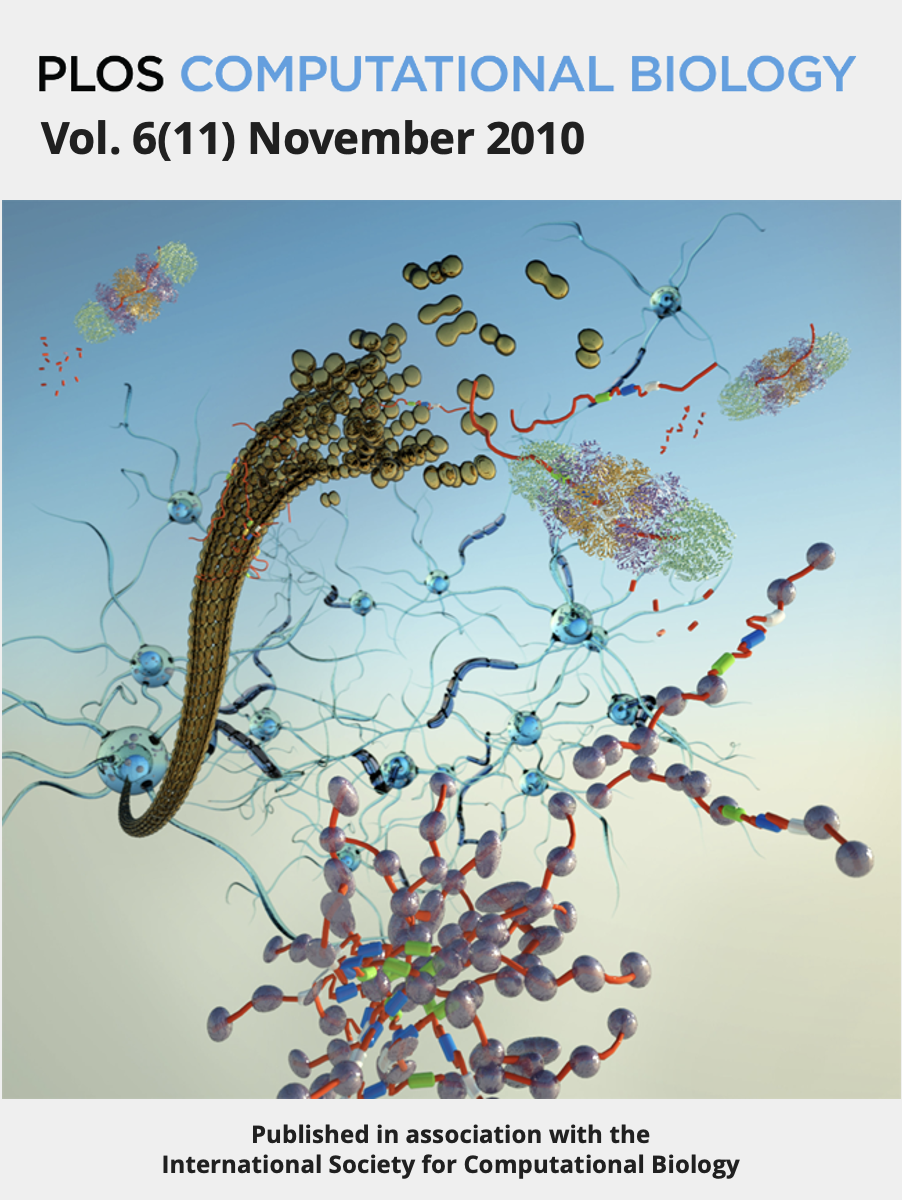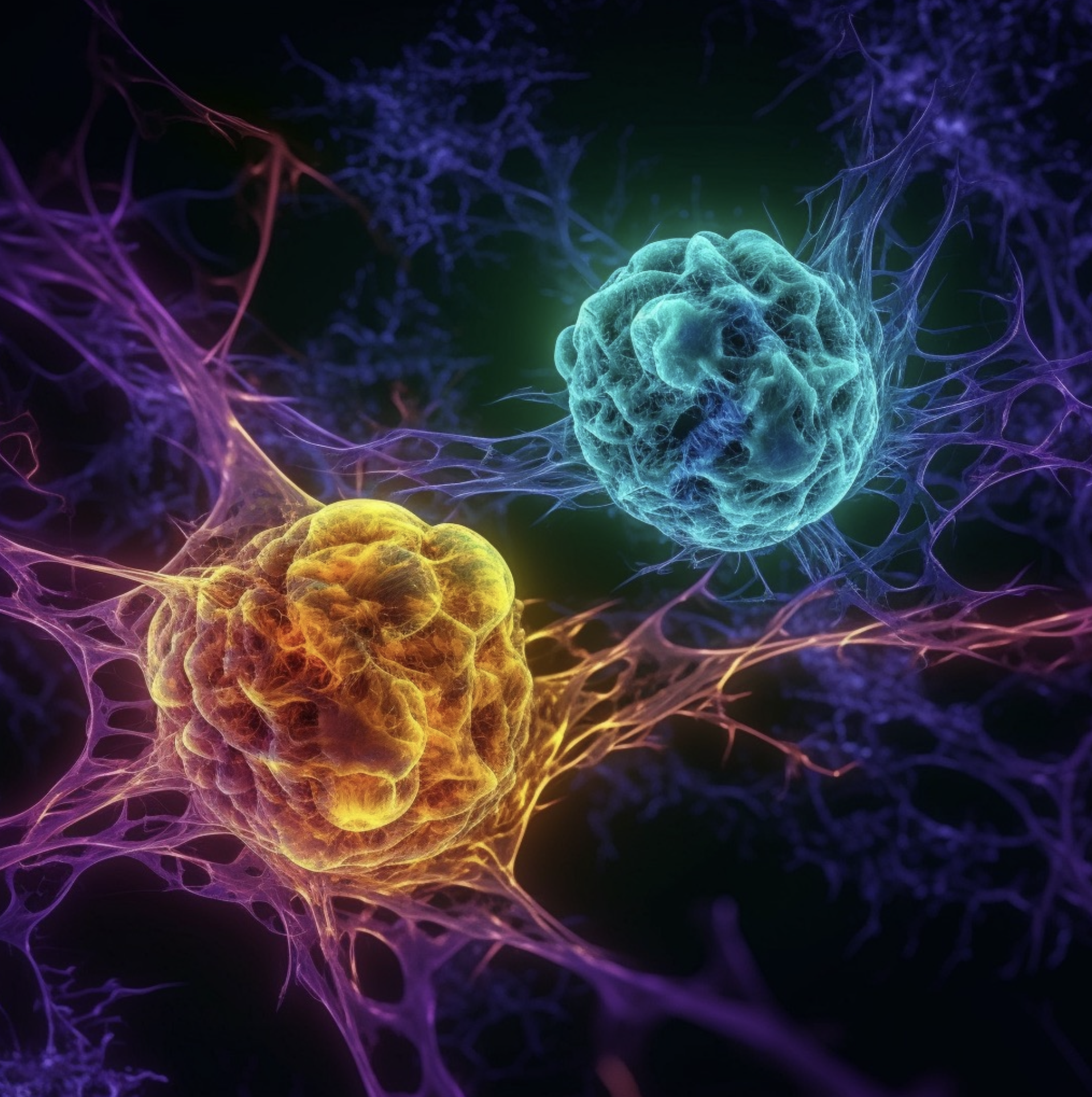Selected Publications
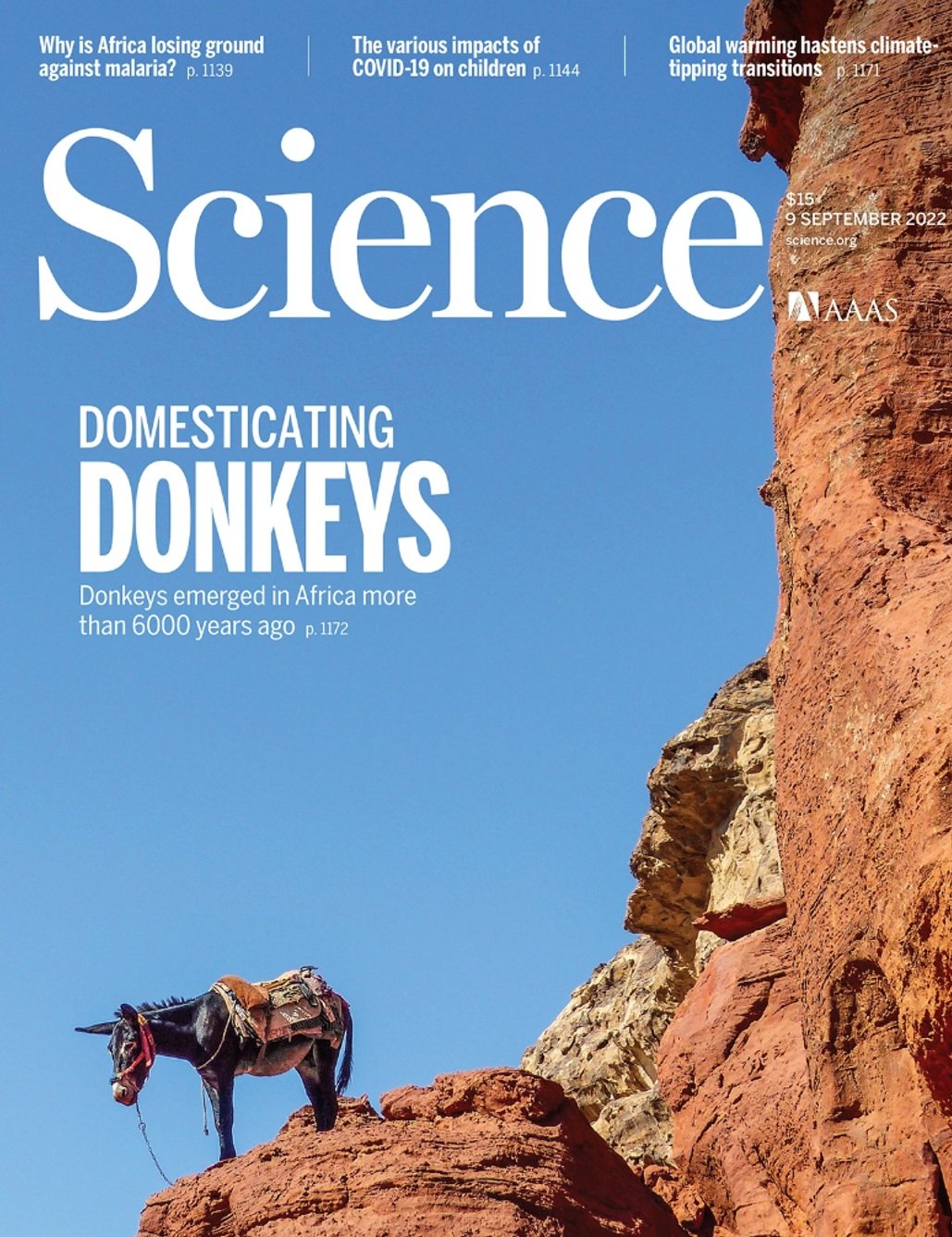
Lineage plasticity in prostate cancer depends on JAK/STAT inflammatory signaling
Plasticity can be quantified at single-cell level to gain insight into underlying machinery. This strategy identified FGFR and JAK/STAT inflammation as a driver of plasticity in prostate cancer with combined FGFR and JAK inhibition reversing early stages of plasticity and restoring androgen sensitivity, but only prior to full neuroendocrine transformation.
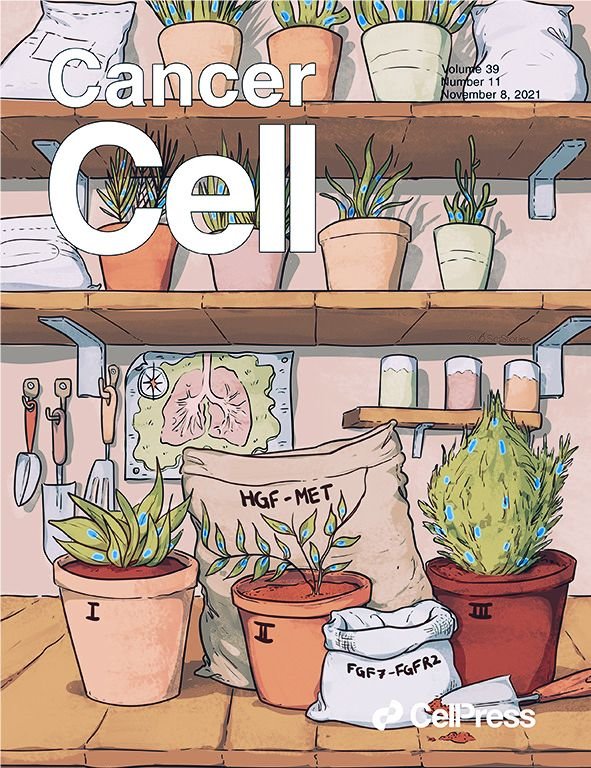
Signatures of plasticity, metastasis, and immunosuppression in an atlas of human small cell lung cancer.
Our single-cell atlas of SCLC patient tumors identifies plasticity changes in the form of a mixed SCLC-A/N phenotype as well as discrete intratumoral switching between canonical subtypes. We found a recurrent, pro-metastatic PLCG2-high SCLC phenotype that predicts worse overall survival and is associated with a pro-fibrotic myeloid population that is enriched in SCLC vs lung adenocarcinoma.
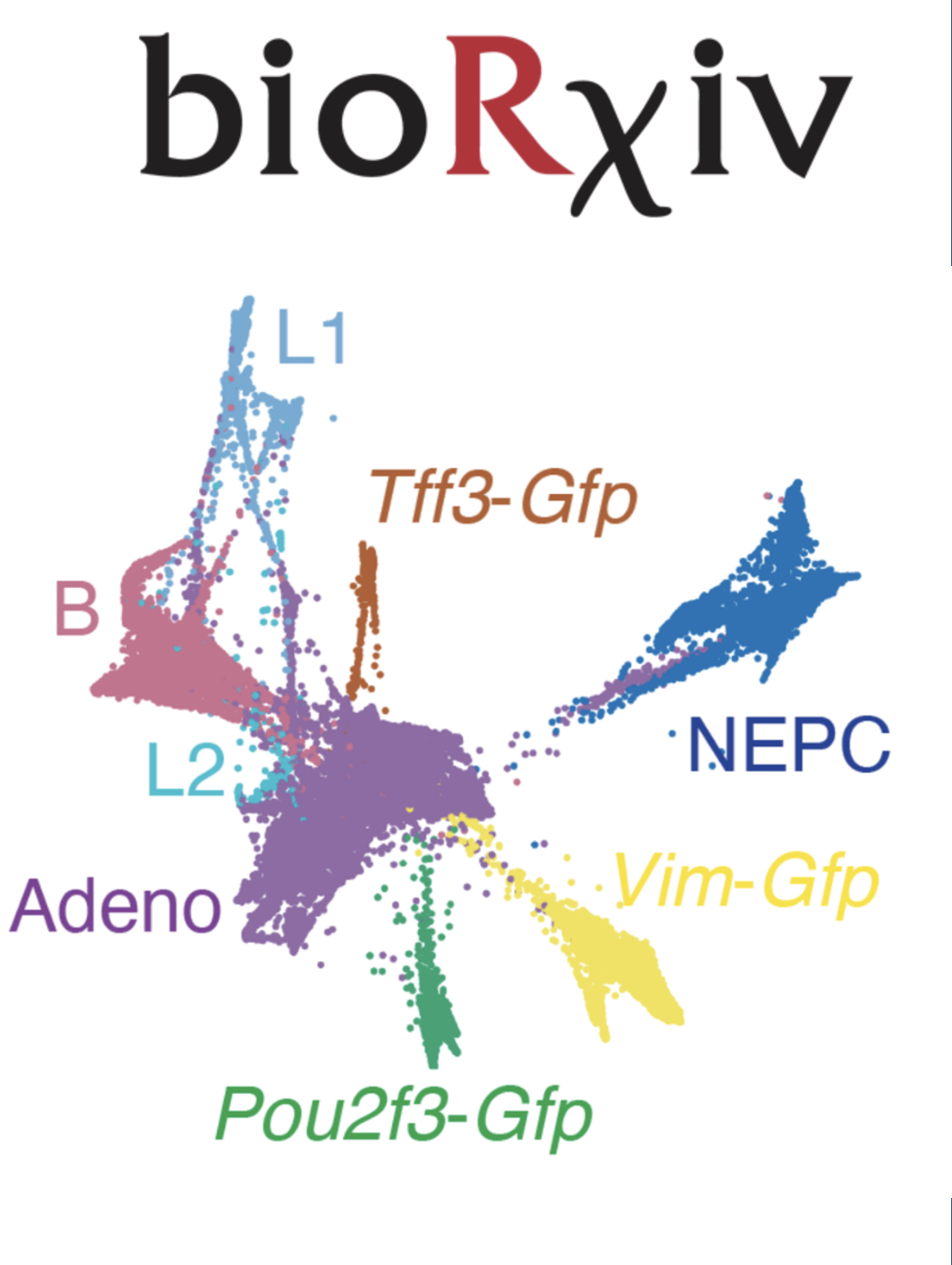
Multilineage plasticity in prostate cancer through expansion of stem–like luminal epithelial cells with elevated inflammatory signaling.
Our single-cell exploration of castrate-resistant prostate cancer (CRPC) in transgenic mice following RB1, TP53, and PTEN deletion identified multi-lineage infidelity through the switch from a stem-like luminal population to amphicrine, mesenchymal, and multiple neuroendocrine subtypes that show correspondence to neuroendocrine subtypes in small cell lung cancer.

Tumor analyses reveal squamous transformation and off-target alterations as early resistance mechanisms to first-line osimertinib in EGFR-mutant lung cancer
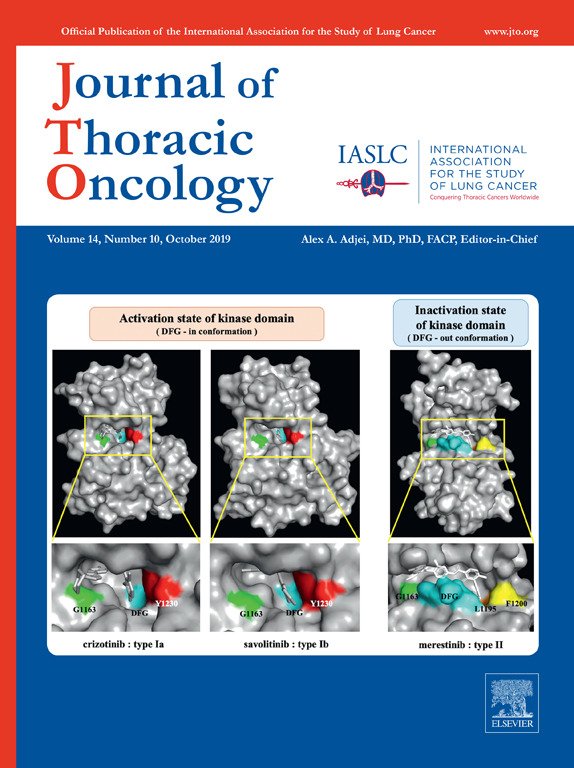
Concurrent RB1 and TP53 alterations define a subset of EGFR-mutant lung cancers at risk for histologic transformation and inferior clinical outcomes
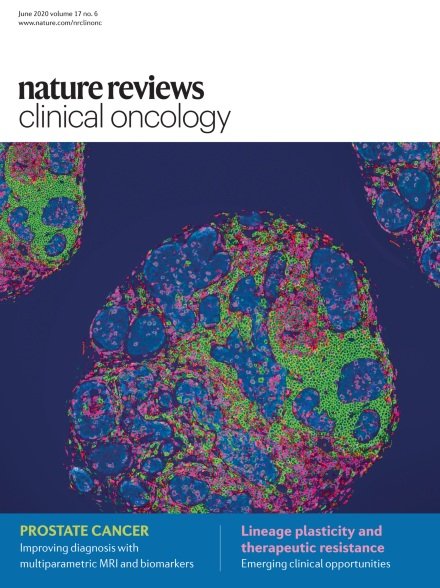
Lineage plasticity in cancer: a shared pathway of therapeutic resistance.
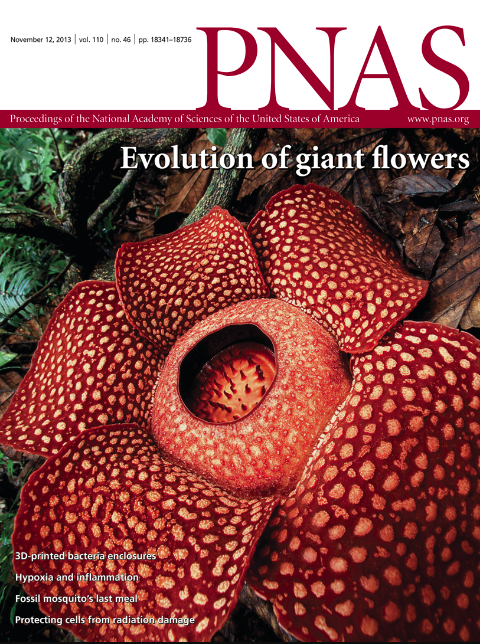
Topology of viral evolution
We developed a method based on algebraic topology to model horizontal evolution in viruses and any form of evolution not captured by standard phylogenetics. This method is one of the earliest applications of topological data analysis in the biological sciences.

The integrated landscape of driver genomic alterations in glioblastoma
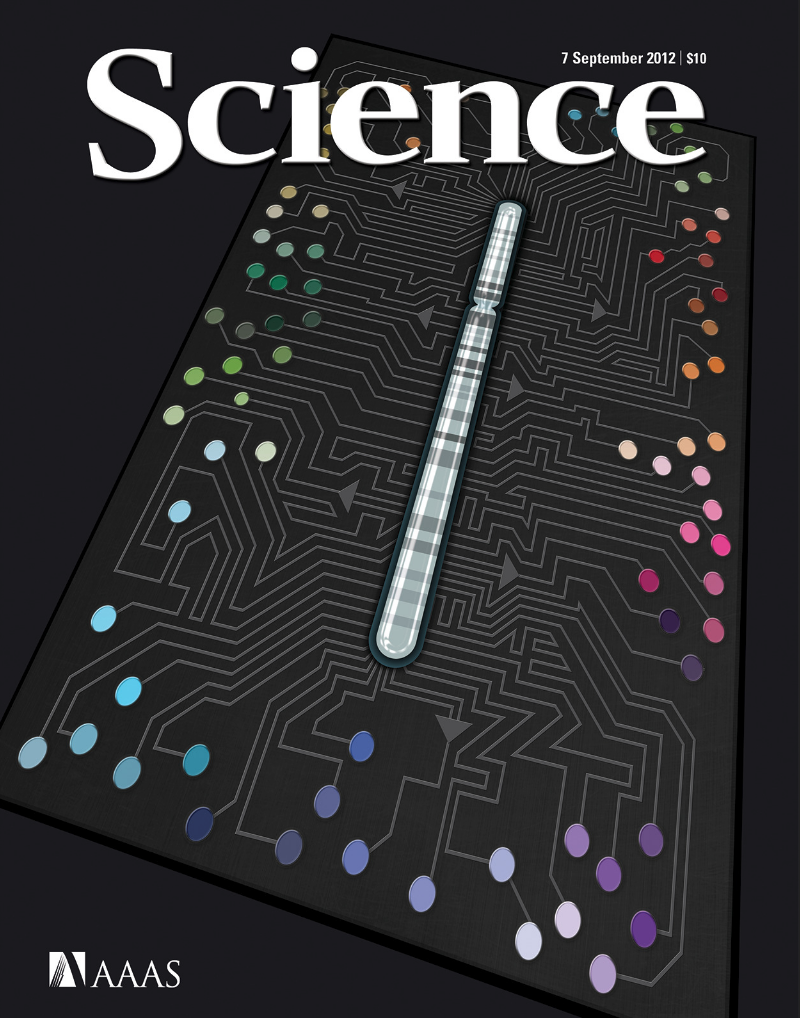
Transforming Fusions of FGFR and TACC Genes in Human Glioblastoma
By developing a method to detect gene fusions in both next-generation whole exome and RNA sequencing, we identified FGFR-TACC fusions in glioblastoma, the first instance of this oncogenic fusion in any cancer type.
